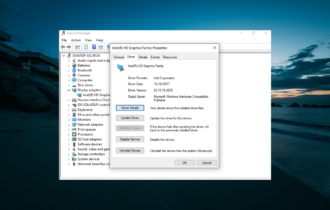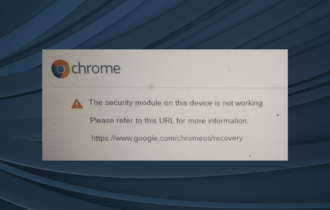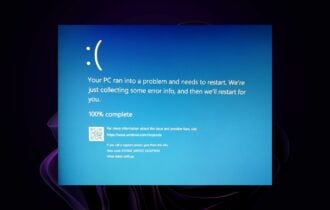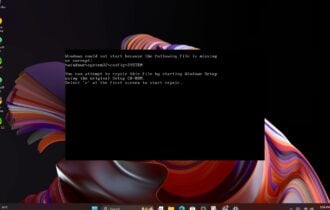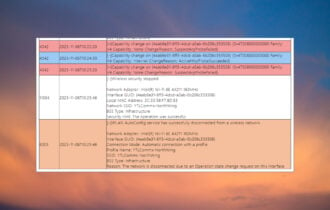Fix: ATA/SATA Hard Drive not Detected in BIOS
Check all connections and the integrity of the drive first
4 min. read
Updated on
Read our disclosure page to find out how can you help Windows Report sustain the editorial team Read more
Key notes
- When the ATA/SATA hard drive is not detected in BIOS, that may occur due to improper connections or device malfunctioning.
- Resetting the BIOS to its default settings or upgrading its firmware might also fix this problem.
- Read our solutions below to find more information on how to solve this problem.
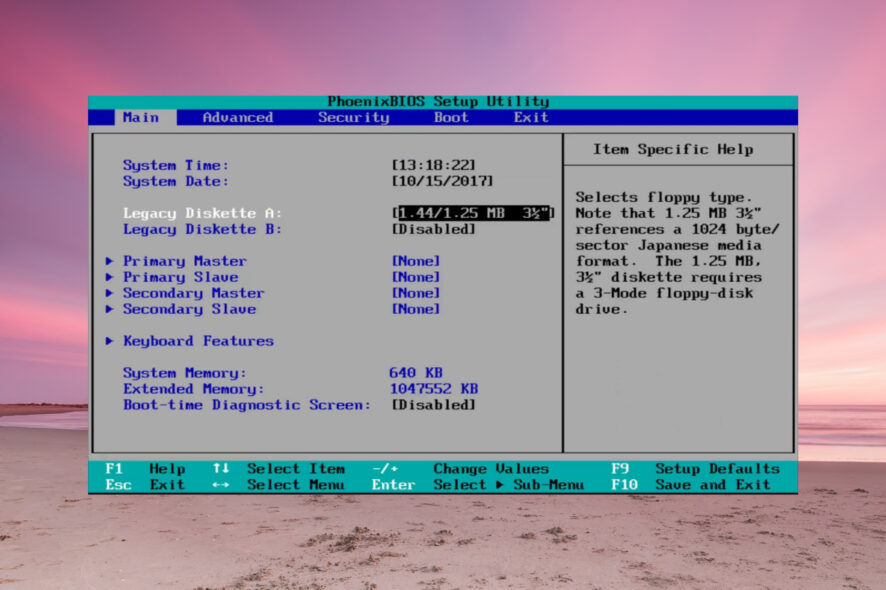
If the ATA or SATA hard drive is not detected in BIOS, Windows won’t identify it either but in this article, we will tackle all the possible methods to fix the problem.
Why is my ATA/SATA hard drive not detected in BIOS?
- The hard drive is not connected properly or it’s not receiving sufficient power.
- If the BIOS settings are incorrect, the drive will not be detected.
- The jumpers on the hard drive are incorrectly set.
- Hard drive incompatibility with your motherboard.
- Faulty hard drive.
What can I do if the ATA/SATA hard drive is not detected in BIOS?
Before starting to troubleshoot the issue, make sure to perform a few preliminary steps:
- Check the drive for any physical damages. If it was dropped or suffered any powerful shocks, this might render it useless.
- Power up the PC and listen if you hear any functioning noise from the drive (applicable for HDD only). If you don’t hear anything from the drive, it’s possible that the HDD is not receiving any power. Check the power cable or replace it to observe any changes. Also, make sure that the power supply has enough power to sustain all the installed components.
- Temporarily disconnect any optical drive from the motherboard and see if the hard drive is detected.
- If possible, check the drive on another PC.
1. Check the hard drive jumper configuration (for ATA drives)
- Examine the hard drive’s jumper block and verify the guide/manual from the manufacturer. The schematics are from a Seagate drive but yours might be different.
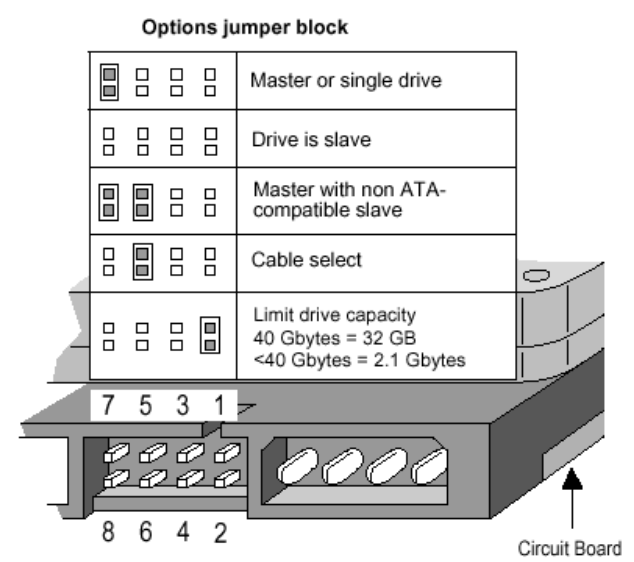
- We recommend configuring the jumper positions for the Cable select option. That means the BIOS will identify the drives based on the cable connections on the motherboard.
2. Check all the connections and cables
- Make sure that your PC is powered off and disconnected from the mains.
- Disconnect the power cable from the drive, then the data ATA (Parallel ATA) or SATA cable.
- Now, disconnect the same cables from the motherboard.
- Check the cables for any damages, then reconnect them in the right positions on the motherboard and hard drive. Try to replace the cables temporarily if you have spare ones or try with the ones from an optical drive if you have any installed.
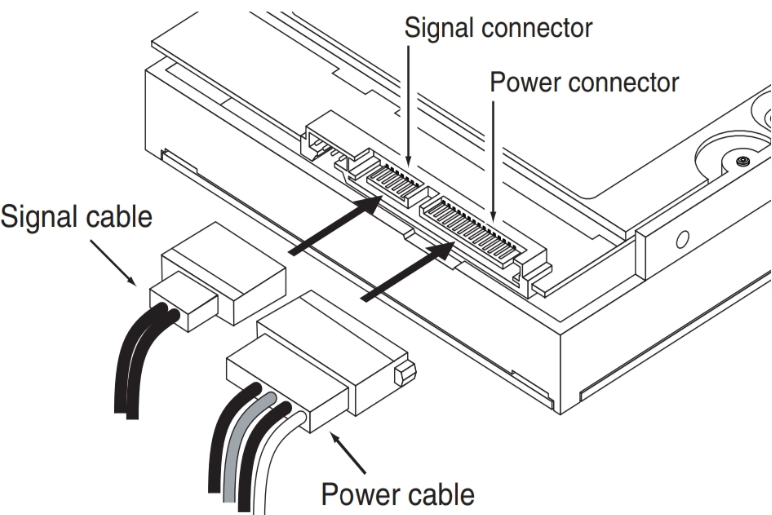
- Reconnect the PC to the mains, then power it on and enter BIOS to see if the drive is now detected.
3. Change the BIOS settings
- Enter BIOS by pressing the F key specified by the manufacturer in the motherboard manual (usually it’s F2 or Del but it might be another key on your system).
- Go into the System Setup menu and check if the drive is enabled. Some manufacturers simply disable the port.
- Also, some BIOS software have options to force detect the drive or even check its integrity.
- If the unrecognized drive is an old ATA, try to enable CSM Support. That will enable the BIOS Legacy mode.
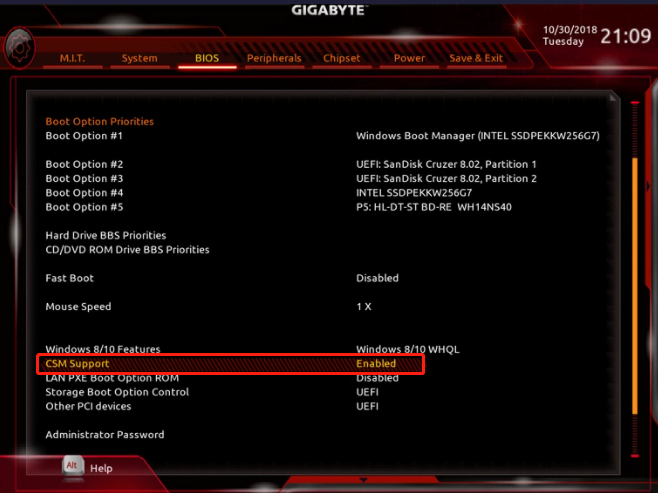
- Other options are to update your BIOS or reset it to the default from its menu.
In case your drive is an external one, connected to the USB port, make sure that it’s properly plugged in and update the USB and storage controller drivers in Windows.
If none of these methods worked, the hard drive is either incompatible with your motherboard, or it’s damaged and it’s time to buy a replacement.
However, we also have another useful guide on what to do if a second drive is not recognized in Windows.
You might also be interested in our solutions to fix an internal drive that is not showing up on Windows.
Hoping that our guide helped you fix the ATA/SATA hard drive not detected in BIOS issue, for any questions, use the comments section below.



